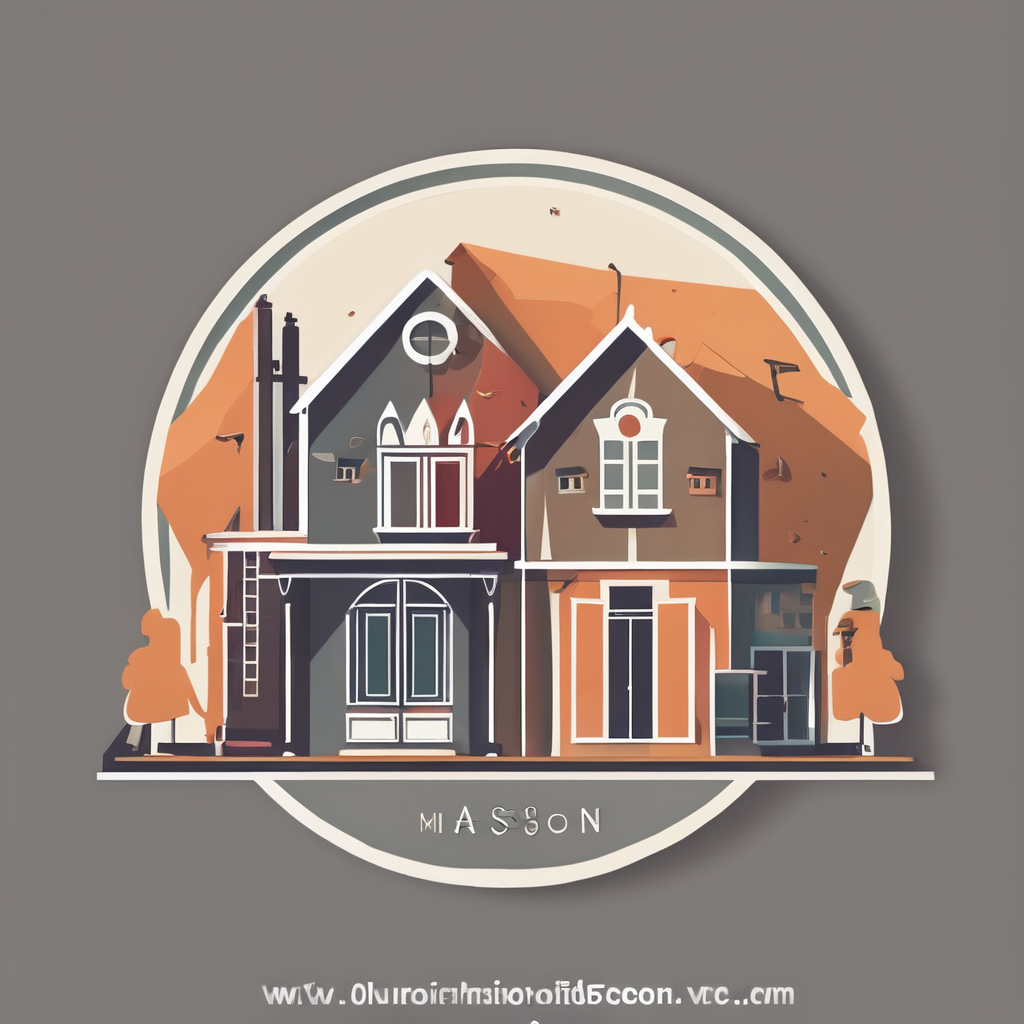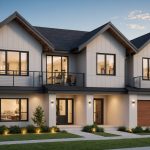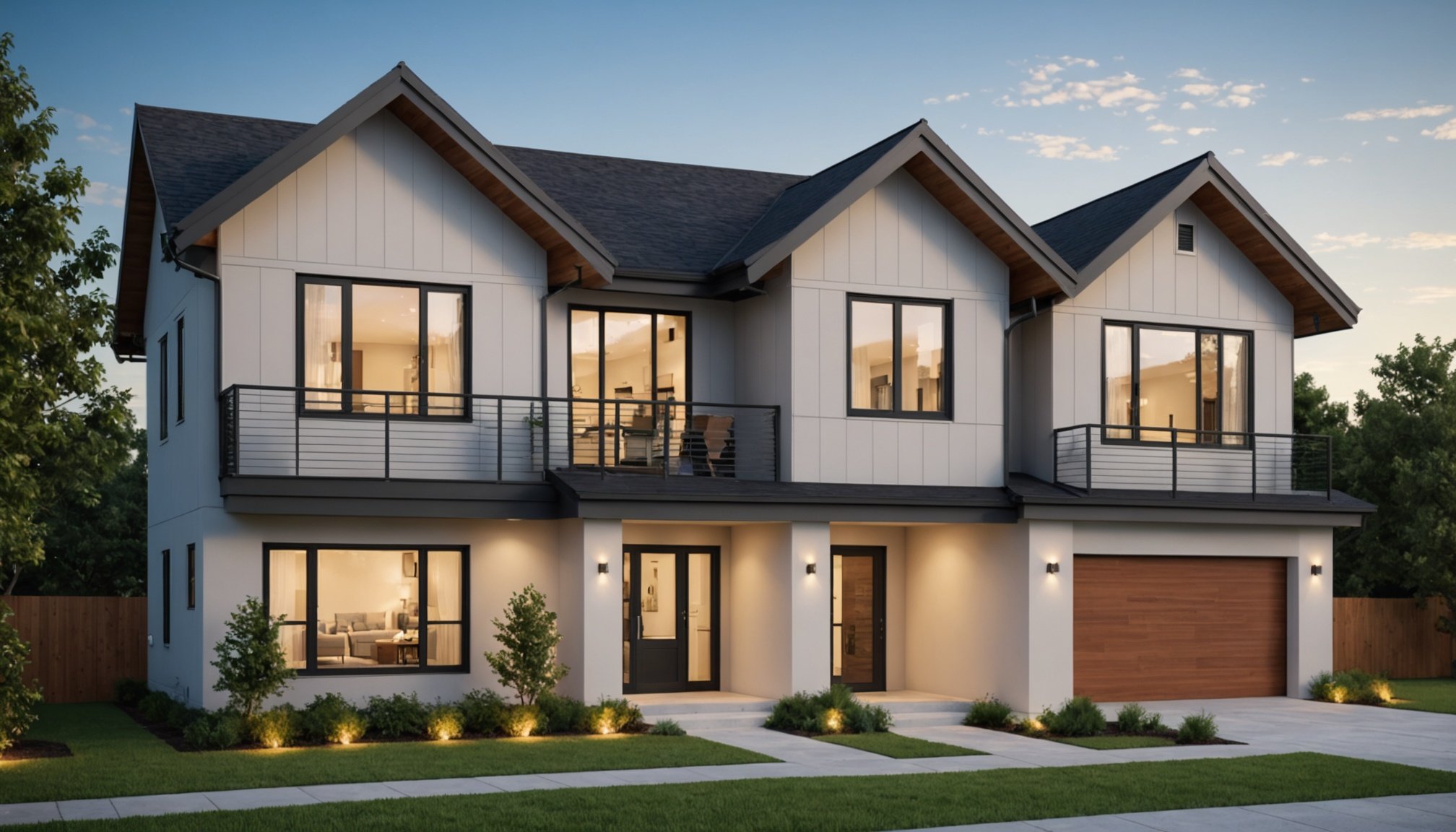In the ever-evolving world of technology, smart home systems have emerged as a groundbreaking trend that enhances convenience, security, and energy efficiency. If you are considering incorporating smart home technology into your existing house design, you are not alone. Many homeowners are eager to modernize their living spaces without undertaking extensive renovations. This article aims to guide you through the various strategies and solutions available, ensuring that your home becomes a hub of innovation while maintaining its unique character.
Understanding Smart Home Technology
Before diving into the integration process, it is essential to understand what smart home technology encompasses. At its core, this technology involves devices that connect to the internet, enabling control and automation of household functions remotely. Common examples include thermostats, security cameras, lighting systems, and appliances.
Topic to read : How can I ensure my home is kid-friendly and safe for young children?
Understanding the key components of smart home technology is crucial for effective integration. These devices typically fall into two categories:
-
Stand-alone devices: These are individual gadgets that perform specific functions, such as smart bulbs or smart locks. They often require minimal installation and can be easily added to your home.
Also to discover : How can I ensure my home is kid-friendly and safe for young children?
-
Integrated systems: These consist of several devices that work together to create a cohesive smart home ecosystem. A smart hub, like Google Nest or Amazon Echo, serves as the central point for controlling these devices.
When considering integration, assessing your current home design is vital. Evaluate existing infrastructure, such as electrical systems and wireless connectivity. This assessment will help determine which devices are compatible and how they can be best incorporated into your home. Planning your smart home configuration will ensure you choose the technologies that will seamlessly fit into your lifestyle and enhance your living space.
Planning Your Smart Home Integration
Once you have a clear understanding of smart home technology, the next step involves planning your integration process. Begin by identifying areas within your home that could benefit from automation. Common applications include security, energy management, and entertainment systems.
For instance, consider the following options:
- Security: Smart locks, cameras, and motion sensors can significantly enhance your home’s security. Decide which entry points require monitoring and whether you prefer indoor or outdoor cameras.
- Energy Efficiency: Smart thermostats can optimize heating and cooling based on your habits. Assess your current heating and cooling systems to determine the best smart thermostat that fits your needs.
- Lighting: Smart lighting systems allow you to control brightness and color remotely. Identify key areas where you want to implement smart lighting solutions, including outdoor areas for enhanced ambiance and security.
After identifying these applications, create a comprehensive plan outlining the devices you want to include and how they will integrate with your existing home design. This plan should also consider your budget, as smart home devices can range from affordable to high-end options. Finally, ensure that your plan is flexible; technology evolves quickly, and your initial choices may need adjustments as new products become available.
DIY vs. Professional Installation
One of the critical decisions you will face during your smart home integration journey is whether to opt for DIY installation or hire professionals. Both approaches have their merits, and understanding them will help you make an informed choice.
DIY Installation: Many smart home devices are designed for easy installation, catering to the average homeowner. With straightforward instructions and online resources, you can set up devices like smart bulbs, plugs, and cameras without needing advanced technical skills. This option is cost-effective, allowing you to save on labor costs. Additionally, DIY installation gives you complete control over your home setup, enabling you to tailor the system to your preferences.
Professional Installation: On the flip side, opting for professional installation can offer several advantages. If your integration involves complex systems (like security cameras or climate control systems), hiring a professional ensures that everything is installed correctly and functions as intended. Additionally, professionals can provide valuable insights into optimizing your home setup and suggest devices that may be beneficial. This route typically comes with a higher upfront cost but can save you time and potential headaches in the long run.
Ultimately, the decision between DIY and professional installation depends on your comfort level with technology, the complexity of your desired setup, and your budget. Assessing these factors will help you determine the best approach for your home.
Choosing the Right Devices for Your Home
Your choice of smart home devices will significantly impact the success of your integration efforts. With a multitude of options available, selecting devices that align with your needs and existing home design is crucial. Here are some key factors to consider when making your selections:
- Compatibility: Ensure that the devices you choose are compatible with each other and with your existing home systems. Many devices operate through specific protocols (like Zigbee, Z-Wave, or Wi-Fi), so check this compatibility before purchasing.
- User Interface: Consider the ease of use of each device. A user-friendly app or voice control system can enhance your experience and encourage consistent use of your technology.
- Future Scalability: As technology evolves, consider devices that can grow with your needs. Opt for systems that allow for easy expansion, enabling you to add new devices as they become available without extensive rewiring or system overhauls.
- Aesthetic Considerations: Integrating smart technology should not compromise your home’s aesthetic appeal. Choose devices that blend seamlessly with your existing decor. Many brands offer options with sleek designs that enhance rather than detract from your home’s overall look.
By prioritizing compatibility, usability, scalability, and aesthetics, you will be well-positioned to select the right smart home devices that enhance your living environment while providing the modern conveniences that technology affords.
Maintaining Your Smart Home System
Integrating smart home technology into your existing design is only the first step; maintaining the system is equally important. Regular maintenance ensures that your devices function effectively and securely. Here are several tips for maintaining your smart home:
- Software Updates: Keep your devices updated with the latest software. Manufacturers frequently release updates to improve functionality and security. Enabling automatic updates will help streamline this process.
- Network Security: Your smart home devices connect to your local network, making security paramount. Ensure that your Wi-Fi network is secure, employing strong, unique passwords and enabling network encryption. Regularly check for any unauthorized devices connected to your network and remove them as necessary.
- Device Performance Checks: Regularly assess the performance of your devices. If you notice any malfunctions, address them promptly. Most devices will provide alerts for issues, but it’s wise to conduct periodic checks to ensure everything is functioning as expected.
- User Education: As you incorporate new devices, ensure all household members understand how to use them. Providing training can minimize confusion and enhance the overall user experience.
By prioritizing maintenance, you can ensure the longevity and effectiveness of your smart home system, making it a valuable addition to your home for years to come.
In conclusion, incorporating smart home technology into your existing house design is an exciting opportunity to enhance your living experience. By understanding the technology, planning effectively, choosing the right devices, and maintaining your system, you can create a modern and convenient home environment. Embrace the benefits of automation, security, and energy efficiency that smart home technology offers. As you embark on this journey, remember that the goal is to enhance your lifestyle while ensuring your home remains a comfortable and stylish sanctuary.











